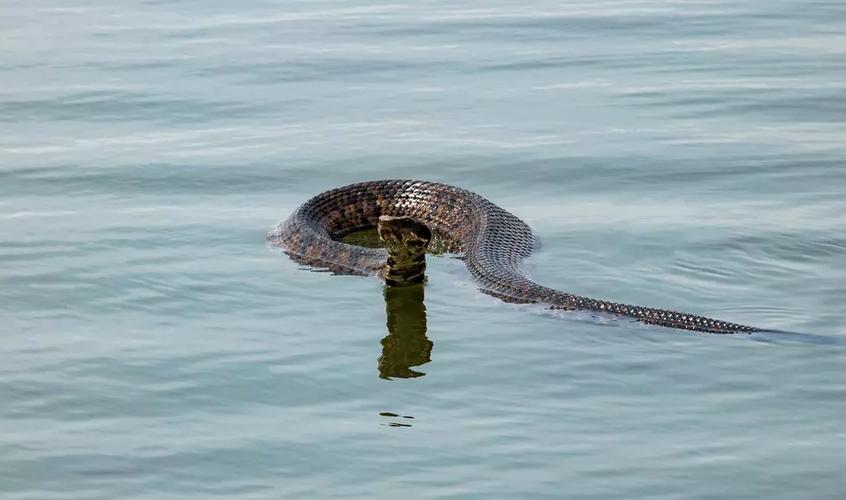
Water Moccasin Bite: A Detailed Overview
When it comes to venomous snakebites, the water moccasin, also known as the cottonmouth, is a creature that often comes to mind. This species, found primarily in the southeastern United States, is known for its potent venom and potentially deadly bite. In this article, we will delve into the various aspects of a water moccasin bite, including symptoms, treatment, and prevention measures.
Understanding the Water Moccasin
The water moccasin, scientific name Agkistrodon piscivorus, is a member of the pit viper family. These snakes are characterized by their large heads, wide bodies, and distinctive color patterns. While they are often found in wetland areas, such as swamps, marshes, and rivers, they can also be found in more terrestrial habitats, including forests and fields.

Water moccasins are known for their aggressive nature, especially when they feel threatened. They are also highly venomous, with their venom containing both neurotoxins and hemotoxins. This means that the venom can cause damage to the nervous system and blood vessels, leading to severe symptoms and complications.
Symptoms of a Water Moccasin Bite
When a person is bitten by a water moccasin, the symptoms can vary depending on the amount of venom injected and the individual’s immune response. Common symptoms include:
| Symptom | Description |
|---|---|
| Pain | Immediate, severe pain at the bite site |
| Swelling | Swelling and redness around the bite area |
| Numbness | Numbness or tingling in the extremities |
| Difficulty breathing | Shortness of breath, difficulty swallowing |
| Seizures | Seizures or convulsions |
| Heart palpitations | Irregular heartbeat, palpitations |
In severe cases, a water moccasin bite can lead to shock, paralysis, and even death. It is crucial to seek medical attention immediately if you suspect a bite from this venomous snake.
Treatment for Water Moccasin Bite
Immediate treatment for a water moccasin bite is essential to prevent complications. Here are the steps to follow:
-
Stay calm and keep the bitten area still to minimize venom spread.
-
Remove any constrictive clothing or jewelry to prevent swelling.
-
Wash the bite area with soap and water to prevent infection.
-
Seek medical attention immediately. Time is of the essence in treating venomous snakebites.
-
Antivenom may be administered to counteract the venom’s effects. This is the most effective treatment for a water moccasin bite.
-
Supportive care, such as pain management and intravenous fluids, may also be provided.
It is important to note that there is no antivenom available for the cottonmouth’s venom in the United States. However, antivenom is available in some other countries, and it is recommended for individuals traveling to areas where water moccasins are present.
Prevention Measures
Preventing a water moccasin bite is the best way to avoid the risks associated with this venomous snake. Here are some tips to help you stay safe:
-
Stay on marked trails and avoid walking in dense vegetation or tall grass.
-
Be cautious when swimming or wading in areas where water moccasins are known to inhabit.
-
Do not handle or attempt to feed wild animals, including snakes.
-
Teach children about the dangers of snakes and how to avoid them.
By following these prevention measures



